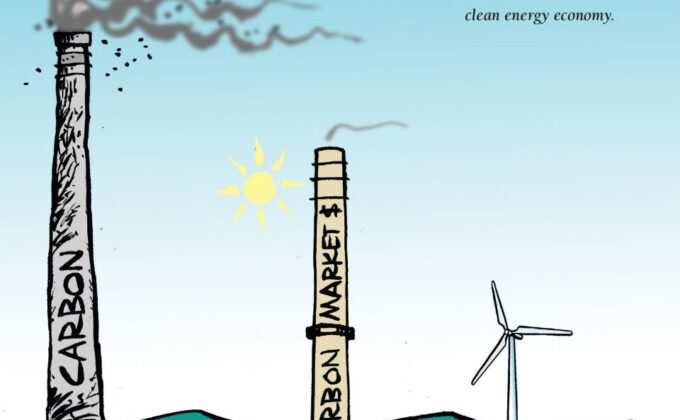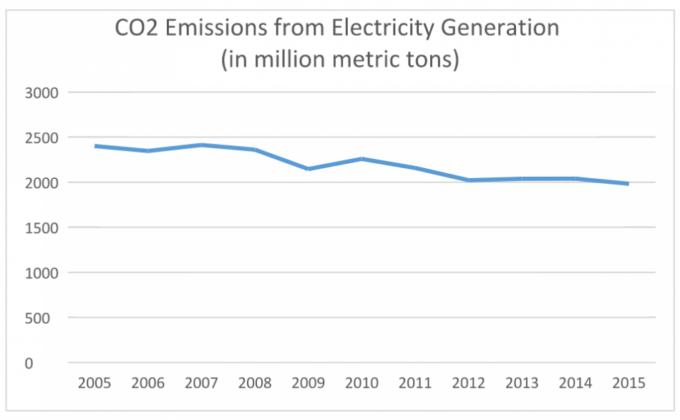
Blog
Incisive commentary from RAP experts
RAP experts keep their finger on the pulse of the energy sector and provide timely analysis of topics impacting stakeholders TODAY.
Filter >>
Content Filter:
July 29, 2021
Lapping the Field: A Model Approach to Managing EV Adoption in Connecticut
- David Littell ,
- Donna Brutkoski
Sales growth of plug-in vehicles well outpaced the auto industry as a whole over the first half of 2021 — just another piece of evidence that utilities and regulators must move quickly and thoughtfully to meet the fast-increasing demand… View Summary +

January 25, 2021
Why Rate Design in New England Needs a Refresh
- David Littell ,
- Donna Brutkoski
Looking ahead to 2030 and then beyond to 2050, the majority of New England states have set ambitious clean energy goals. The growing adoption of new technology empowers energy customers to play a direct role in making these goals happen… View Summary +

December 2, 2019
21世纪电力系统的灵活性
- Carl Linvill ,
- Jim Lazar ,
- David Littell ,
- Jessica Shipley ,
- David Farnsworth
简介 电力系统最基本的规则是发输用电必须同时完成。多年来,电网运营商一直在确定系统的负荷,并通过增加可用的发电机来满足需求、调整供电。 然而,现在供应侧出现了快速爬坡和高度灵活的联合循环燃气轮机发电等新技术,需求侧也出现了智能热水器和储能等新技术,另外,输电能力和系统运行也得到了改善。这些新技术共同创造了巨大的机会,使电力系统比以往更加灵活。… View Summary +

July 18, 2018
PBR-电力监管新模式
- Camille Kadoch ,
- David Littell ,
- Jessica Shipley
美国电力行业的监管体系已有130年历史,而电网正在迅速实现现代化。电力监管机构需要与时俱进,跟上电网现代化步伐。当前兴起的监管模式是基于绩效的监管,简称PBR。很多州现在都在关注如何将电力公司收入和实现绩效目标的能力联系起来,如何在不同环境下应用PBR,睿博能源智库一直在提供相关建议。我们将撰写一系列文章来讨论21世纪电力监管模式PBR应包含什么元素?并介绍最佳实践,设计依据和具体应用,本文是该系列第一篇。 传统的电力监管模式 当今美国的大多数电力公司都是服务成本(Cost-of-Service)监管。消费者向电力公司支付提供电力服务(例如,输电,配电和其他公用基础设施)的成本,以及投资的规定回报。监管机构的工作是监督这种安排,确保服务安全可靠,电费公平。但这种方法激励了某些行为:受监管的电力公司认识到,通过建设更多的发电,输电,配电和其他基础设施,在下一次电价调价前(rate case)尽可能多的销售电量,这样做可以最大化其收入和利润。这对于需要大量资本投资的大型集中式发电厂体系尤其有效。… View Summary +

June 14, 2018
Brewing Up the Regulation of the Future
- Camille Kadoch ,
- David Littell ,
- Jessica Shipley
The regulatory system that governs U.S. electric utilities is 130 years old—while our power grid is rapidly modernizing. Utility regulators need a tool that can facilitate reform to keep pace with this change. One tool they are increasingly exploring: performance-based… View Summary +

April 6, 2018
When Utility Gas Affiliates Play by Monopoly Rules, Consumers Are Likely to Lose
- David Littell
Can monopolies with market power send business to other regulated monopolies? Can one monopoly create a “need” for which ratepayers will be charged by another related monopoly? As it stands right now, the answer to both these questions is yes. View Summary +

May 10, 2016
Carbon Markets: Learning from the Past, Looking to the Future
- David Littell
Neo-classical economics tells us that markets reduce costs and increase social welfare. It also teaches that pollution not properly accounted for is a classic economic externality. That is, if clean air and clear water are not properly valued, degrading… View Summary +

April 14, 2016
It’s Aready Happening: New EIA Numbers Show a Utility Sector in Transformation
- John Shenot
My colleague David Littell recently wrote about the inexorable shift of the US power sector toward cleaner sources of electric energy, noting that the cost of renewables has been dropping, energy efficiency continues to grow, and storage… View Summary +

February 29, 2016
The Inexorable Shift of the US Power Sector
- David Littell
While the U.S. Supreme Court’s temporary stay on enforcement of the Clean Power Plan has grabbed headlines recently, it’s important that we read deeper, and consider the broader context, of which the CPP is only one part. In recent years,… View Summary +
